It was a lovely sunny day last Friday morning as 25 members set off on the Spanish Culture & Cuisine “Discovering Culla” tour. Our first stop was at the Agut Turrones factory in Benlloc, a small family-run factory which produces nougat and marzipan year-round, using traditional methods and following family traditions. We were shown how the turron and marzipan is made and sampled quite a few of the products, chocolate, marzipan, turron and pan de higo. At the end of our visit everyone was given a complimentary 200 grams bar of soft Marcona almond nougat.
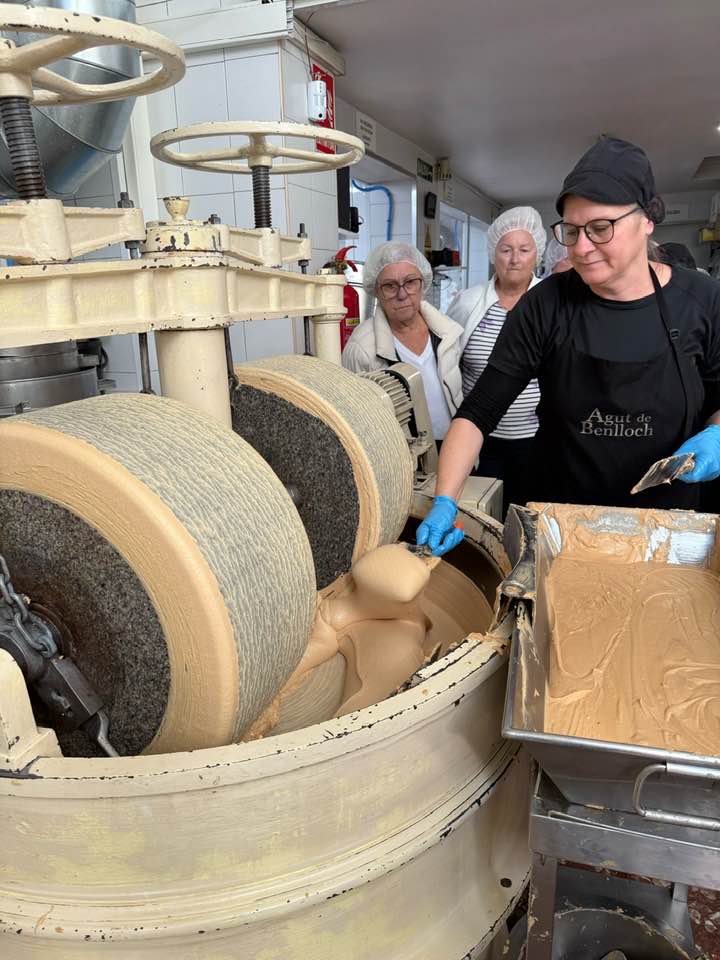


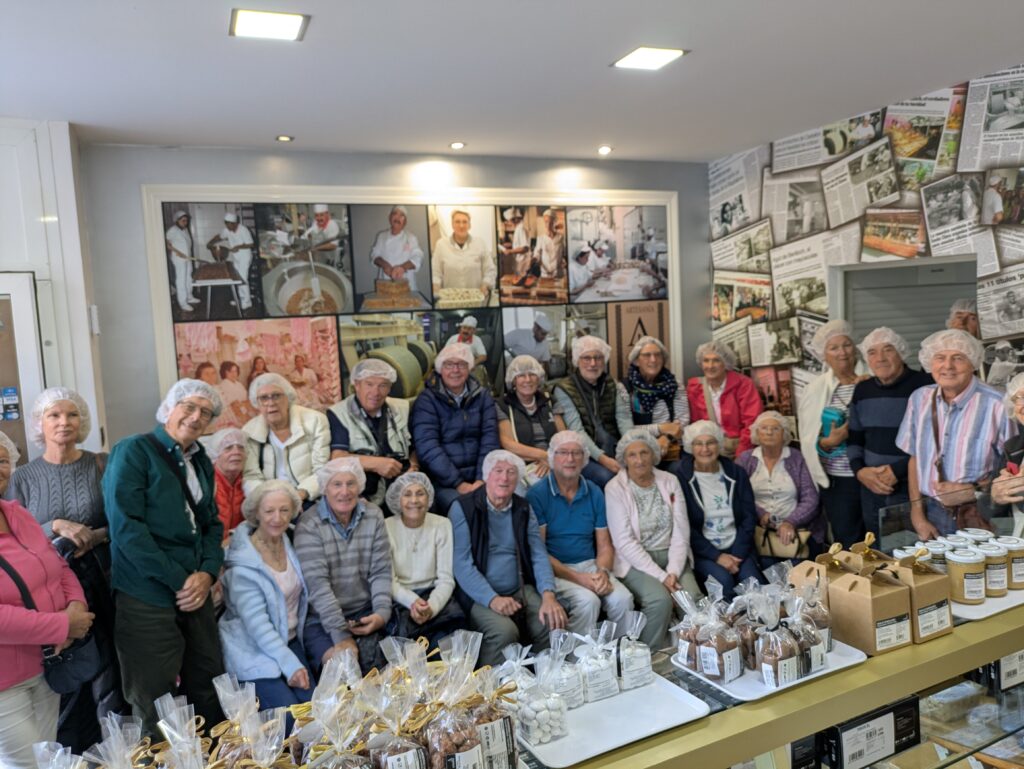


After the visit there was time for refreshments and to have a look around the small town, which had a large and interesting lavadero.
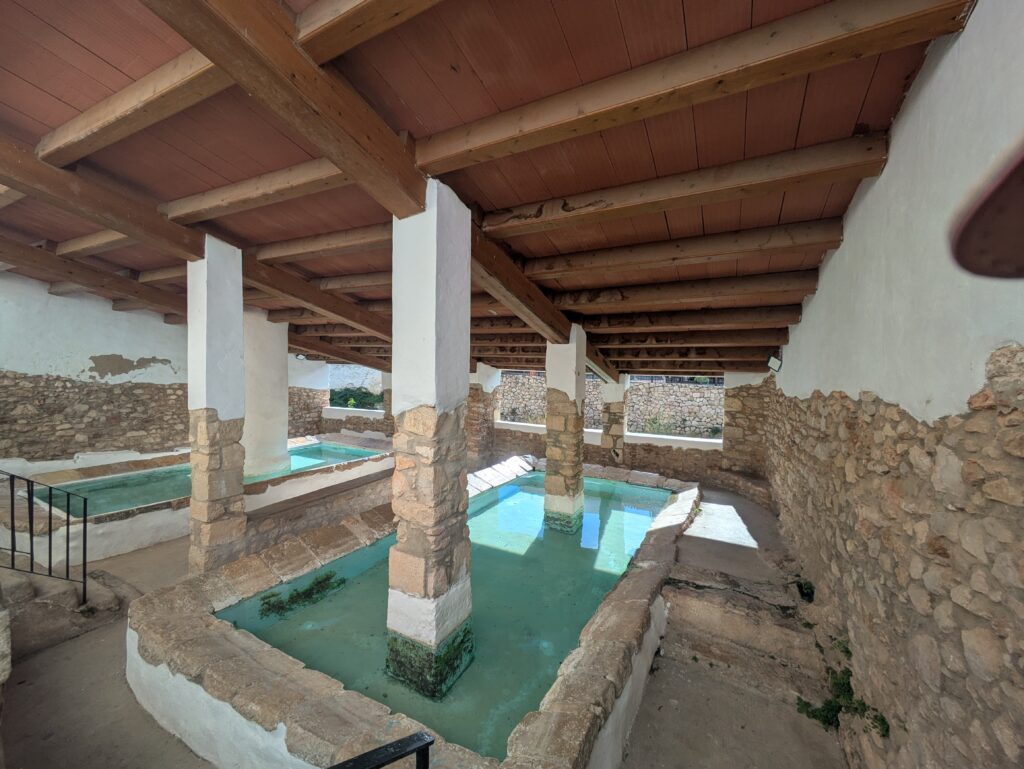

We then reboarded our coach for the journey to the Masia els Masets, a sheep and goat farm located in Torre D’en Besora where their animals are kept and where they prepare all of their products. We had an interesting tour of the farm and saw the production of Cuajada, yogurt, different cheeses and cheesecake. Surprisingly, the main product is the Cuajada and yogurt, with cheese being just a byproduct. We tasted the cheese and the cheesecake (delicious), and then visited the animals and saw some of the sheep being milked.


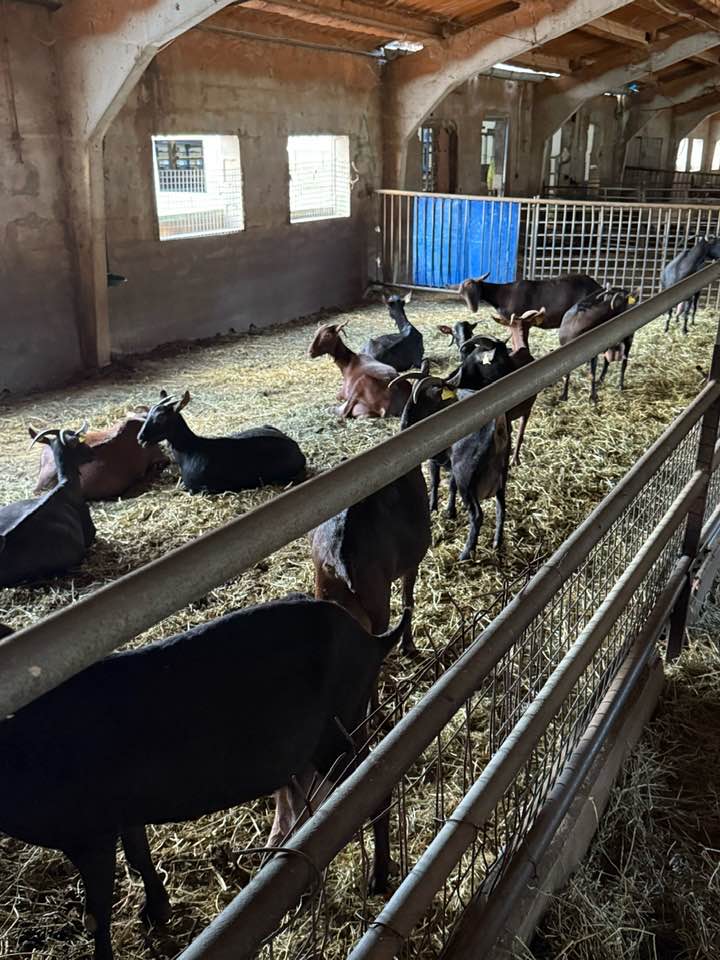
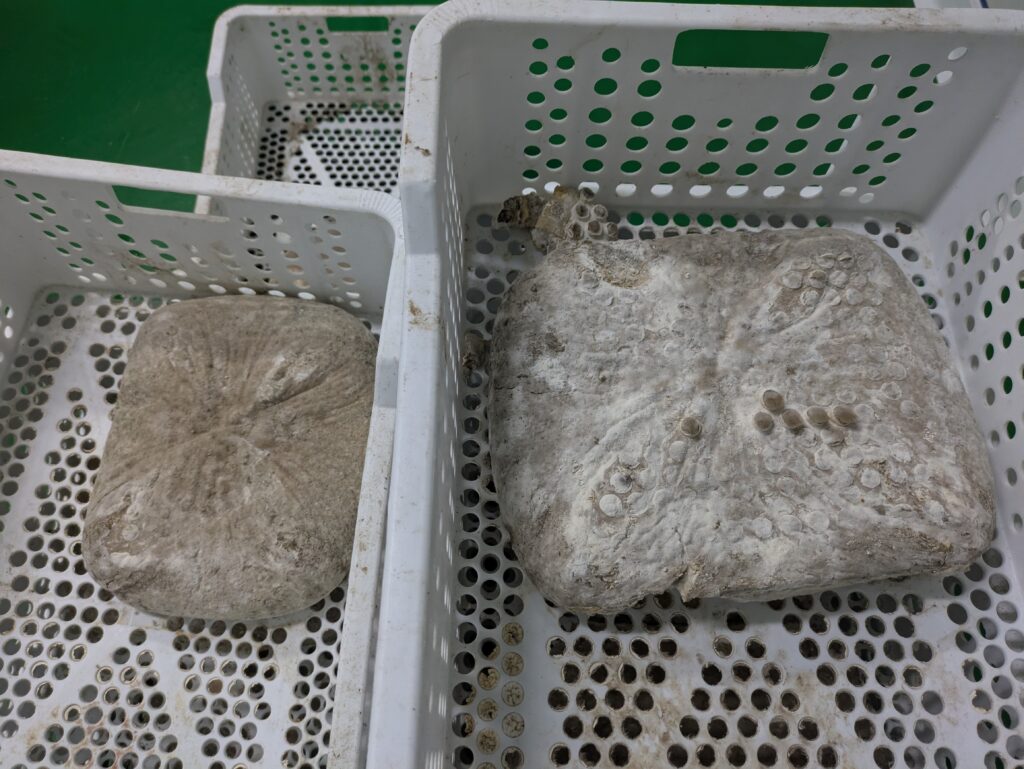

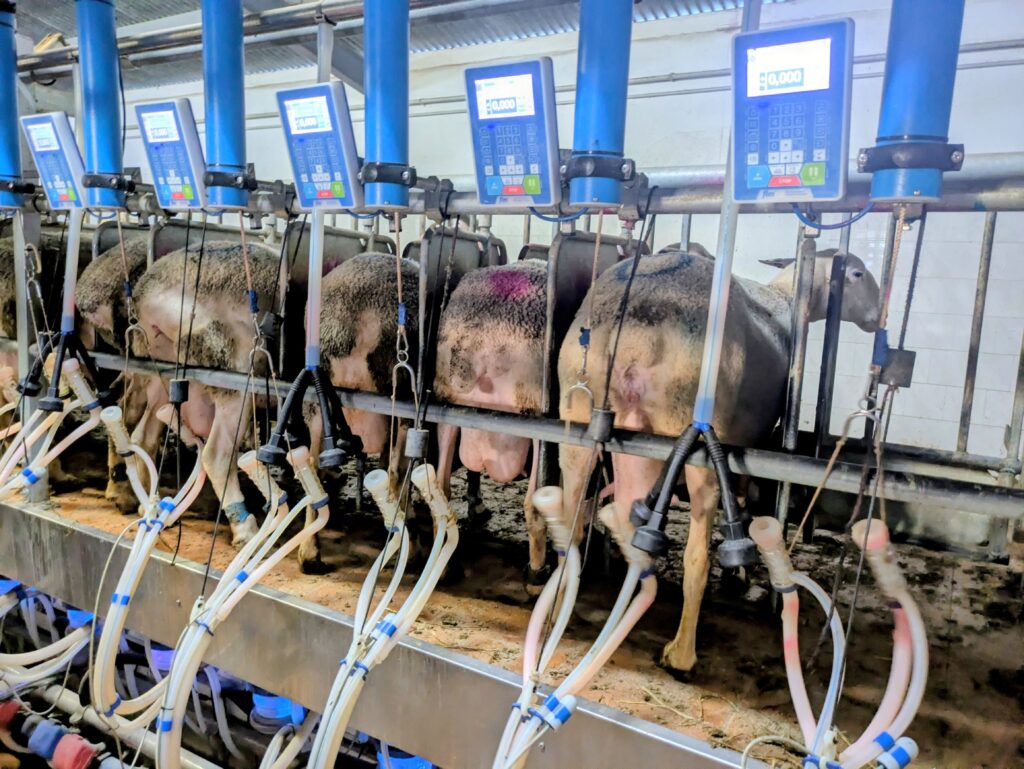
Once again, we were given specail designer hats to wear!
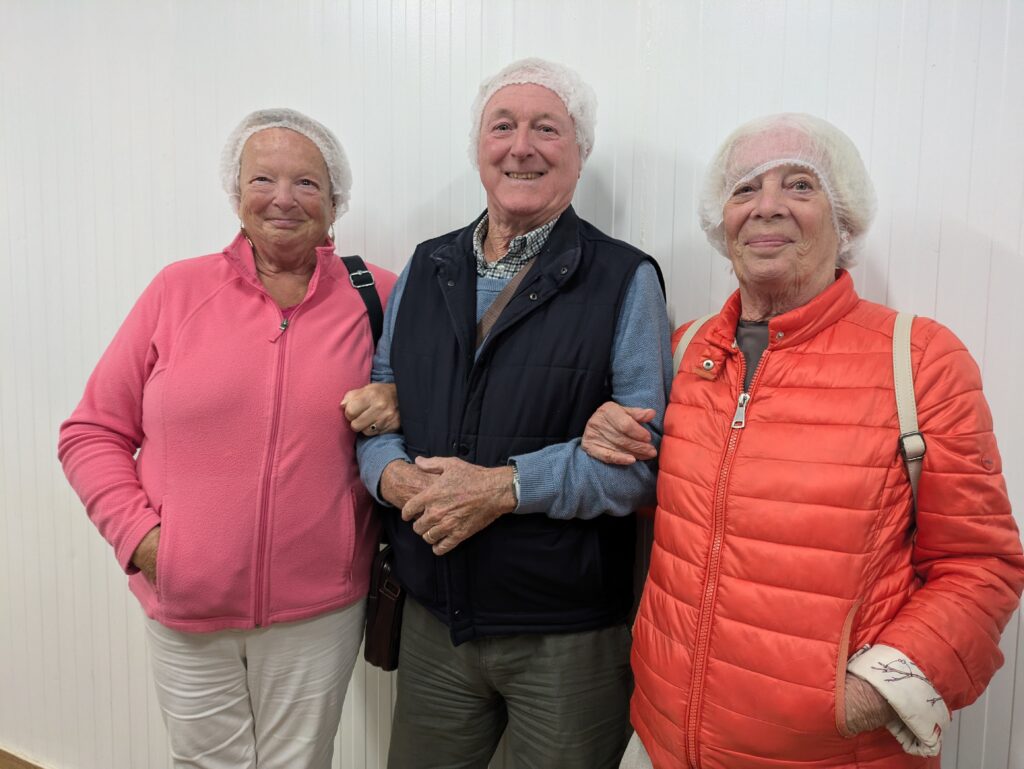
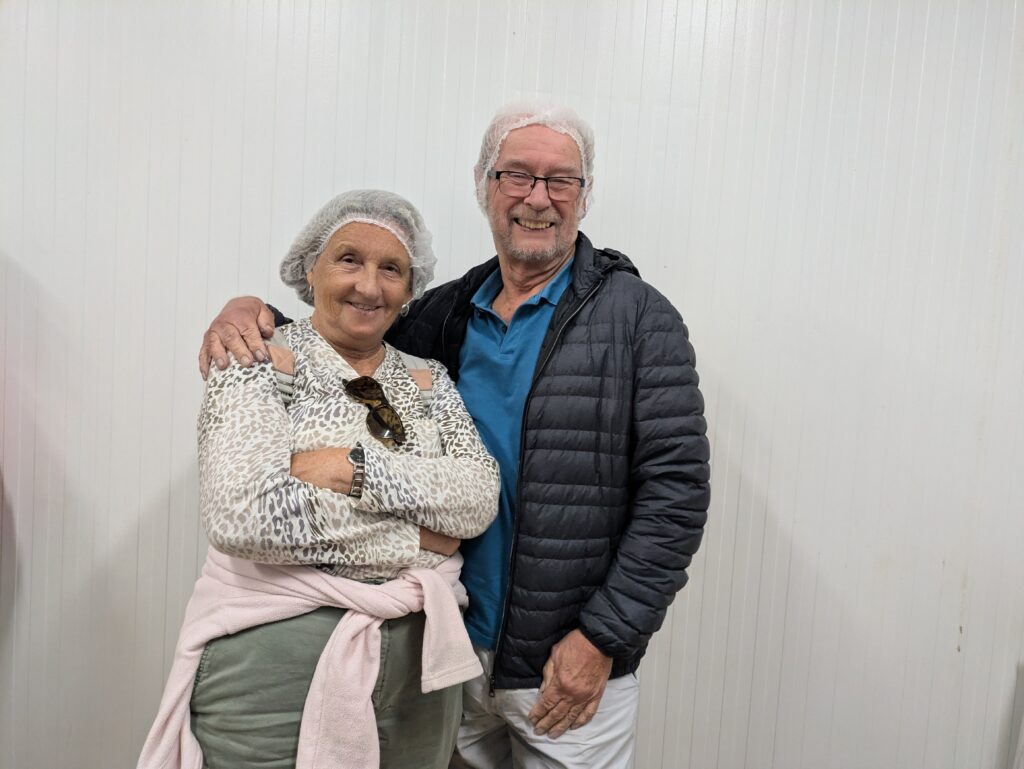
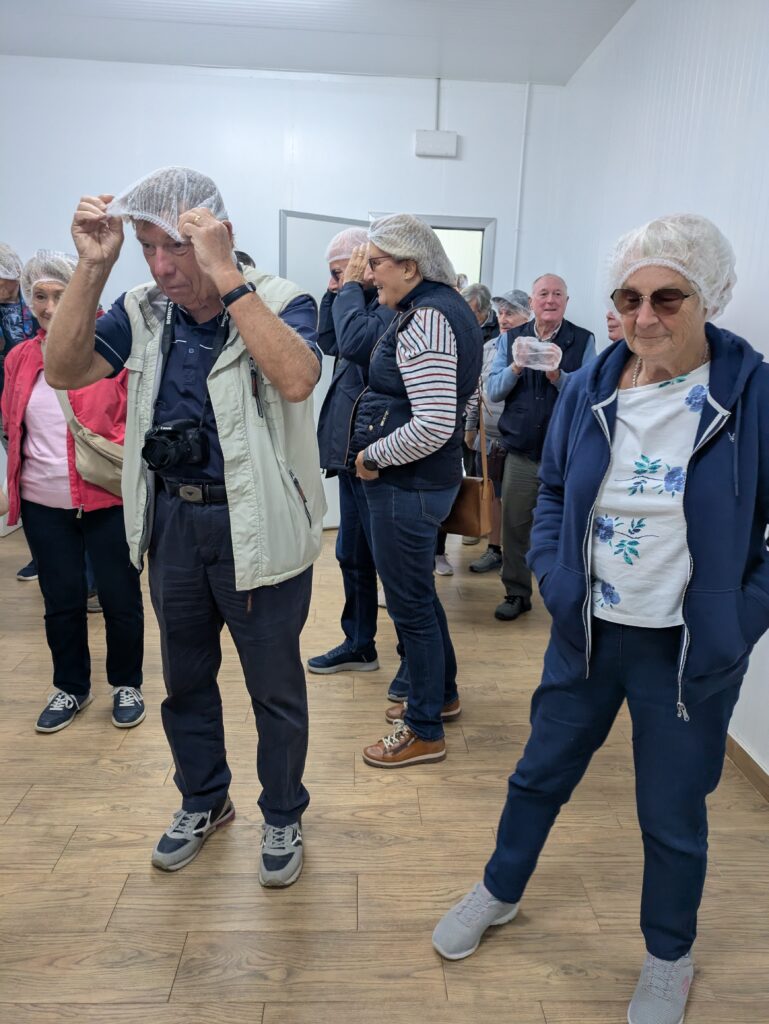
After the visit it was just a short journey to our hotel in Benassal, a village that boasts of having the best water in the world! Daniel greeted us and made us all welcome as the rooms keys were very quickly handed out. A lovely fire was blazing in the bar and there was also a large lounge, where members enjoyed an aperitif before an excellent dinner with wine included. Many members were pleasantly surprised to discover that a G&T made with premium Larios was €5 and a large glass of wine €2!


After a good breakfast, on Saturday morning we visited the nearby town of Culla. Our guide, Isabel, has lived in Culla her whole life…and is English! She gave us an interesting tour of the town and although the sun was shining the very strong wind made it feel very cold – Maria certainly had the right idea about dressing to keep warm, and looking lovely at the same time! We visited the prison, the church and the ”hospital”. The latter was really more of a building for the poor women of the town but has now been set up to show a schoolroom. From the viewpoint at the top of the town you could see the Montgo, 175 kms away!
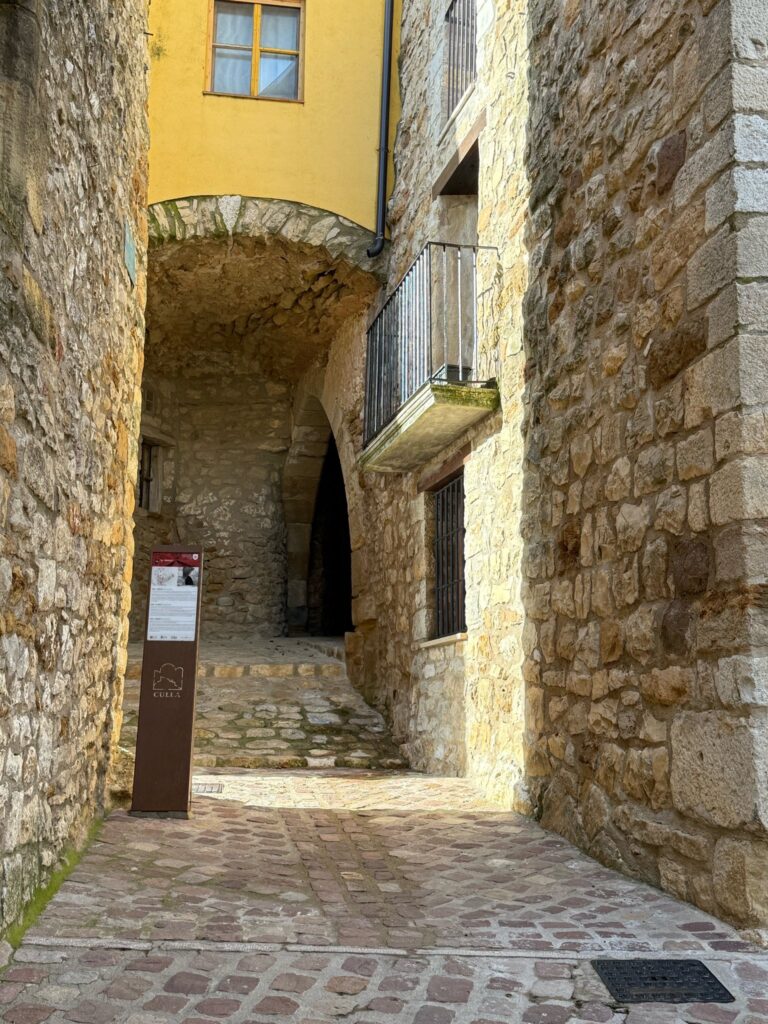
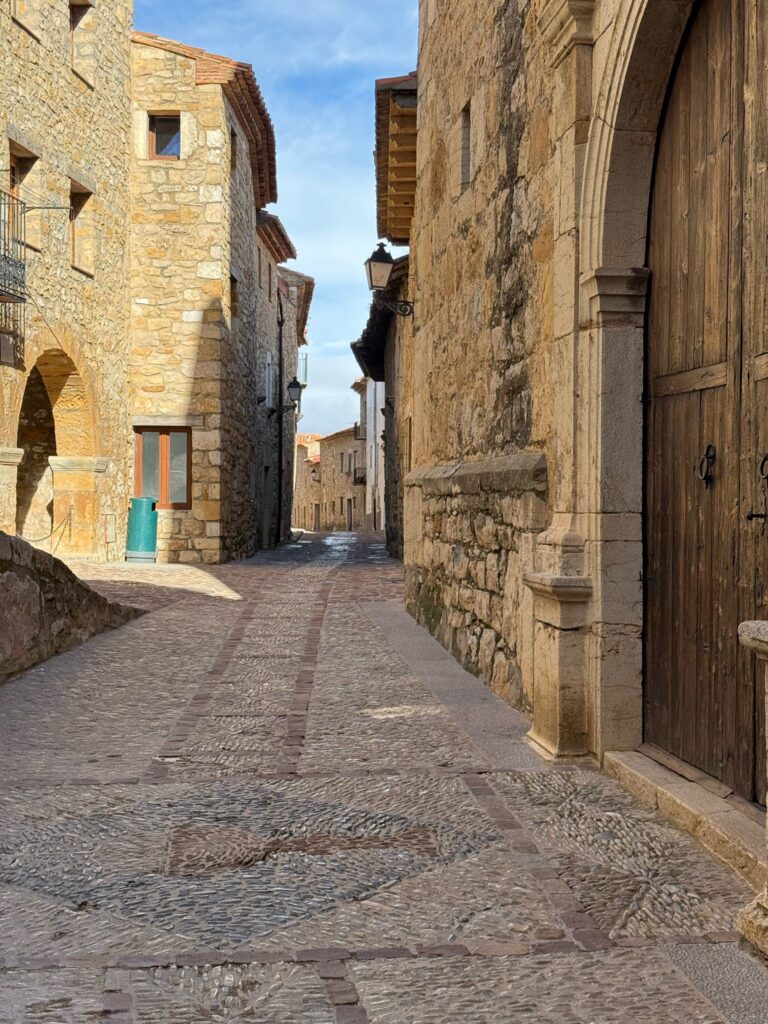
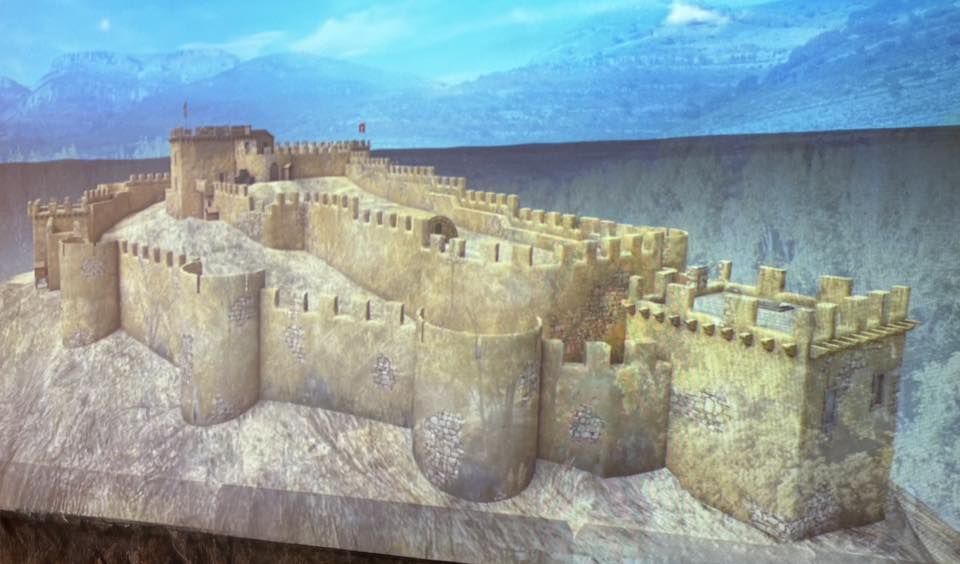
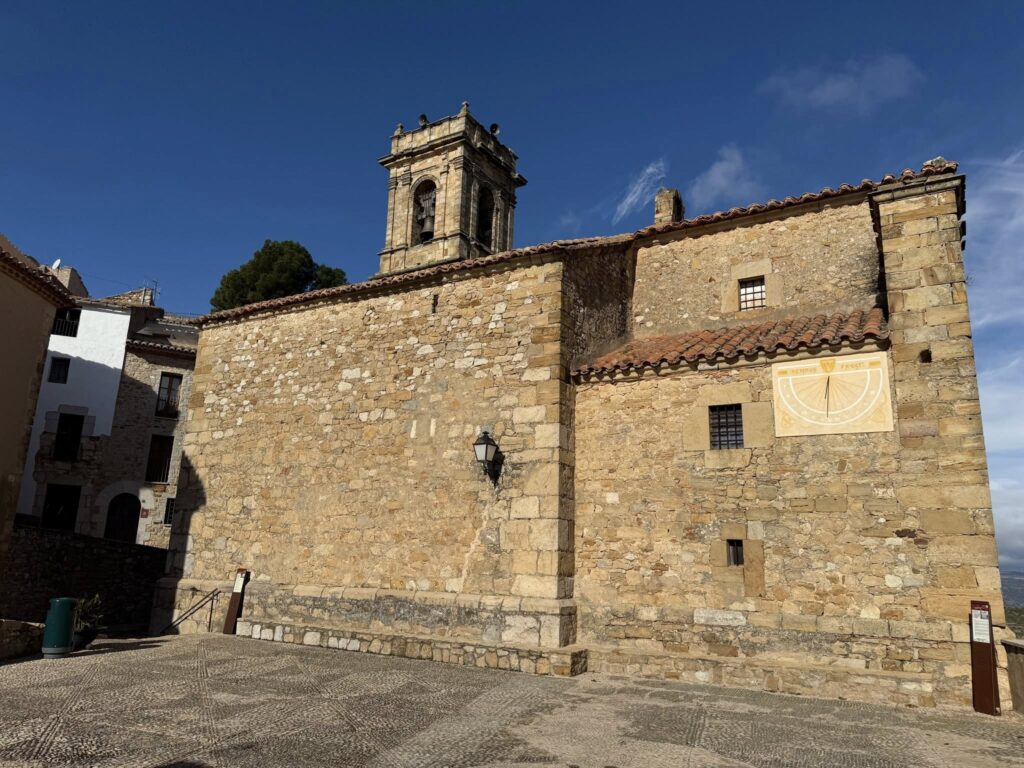
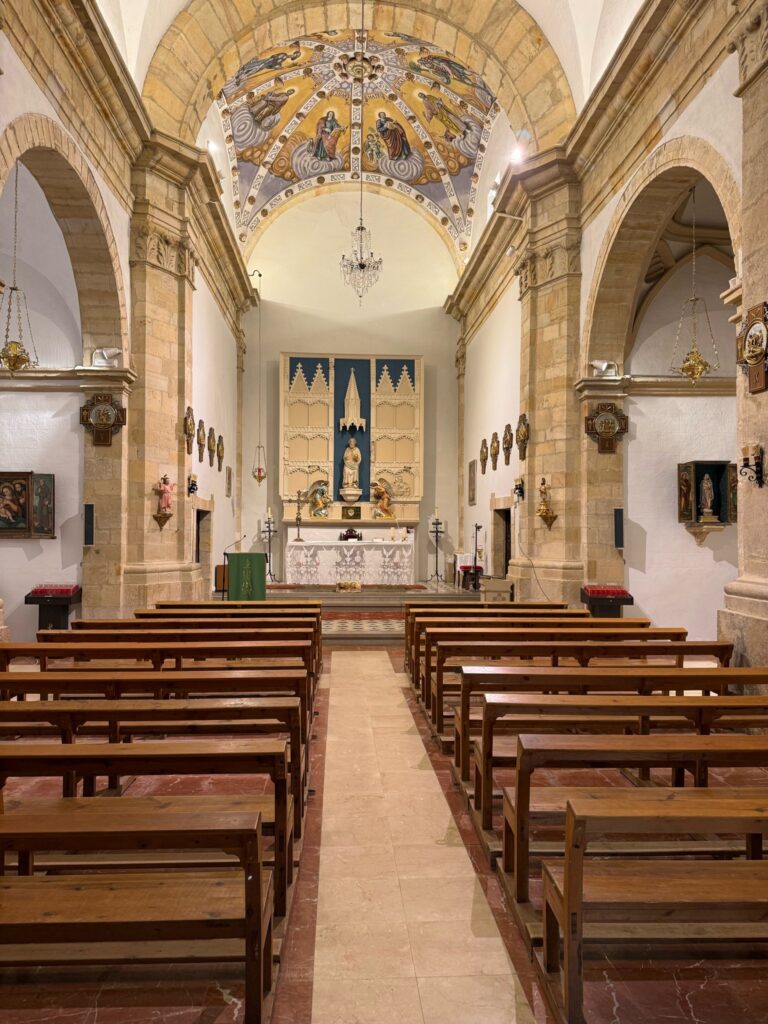
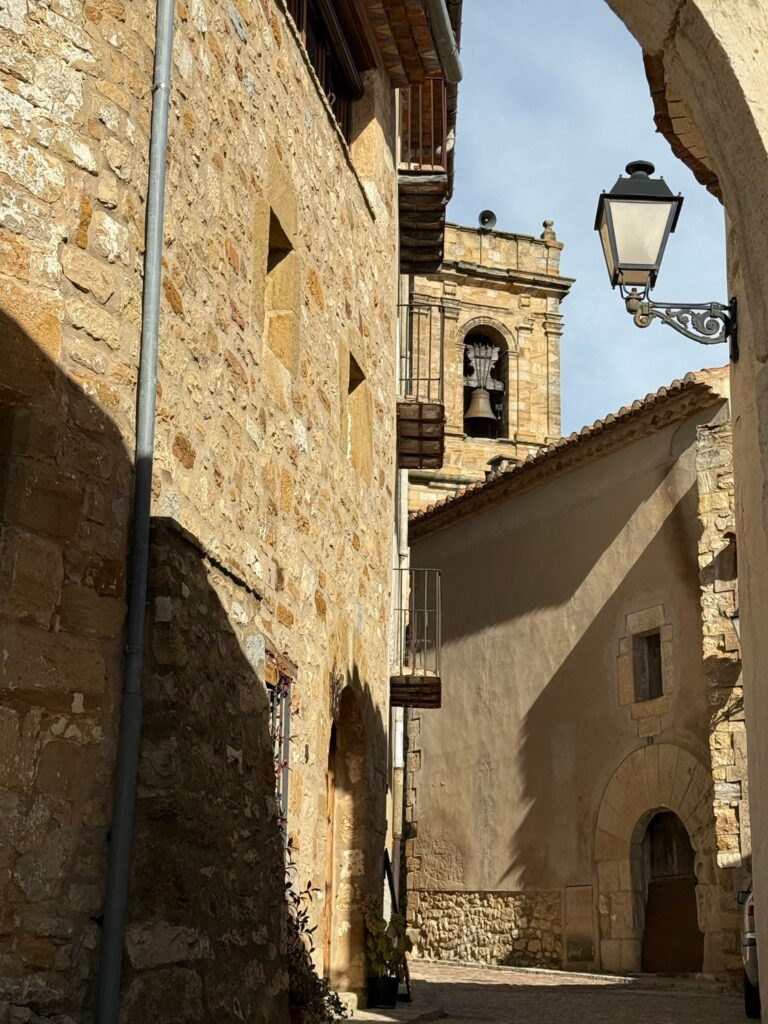
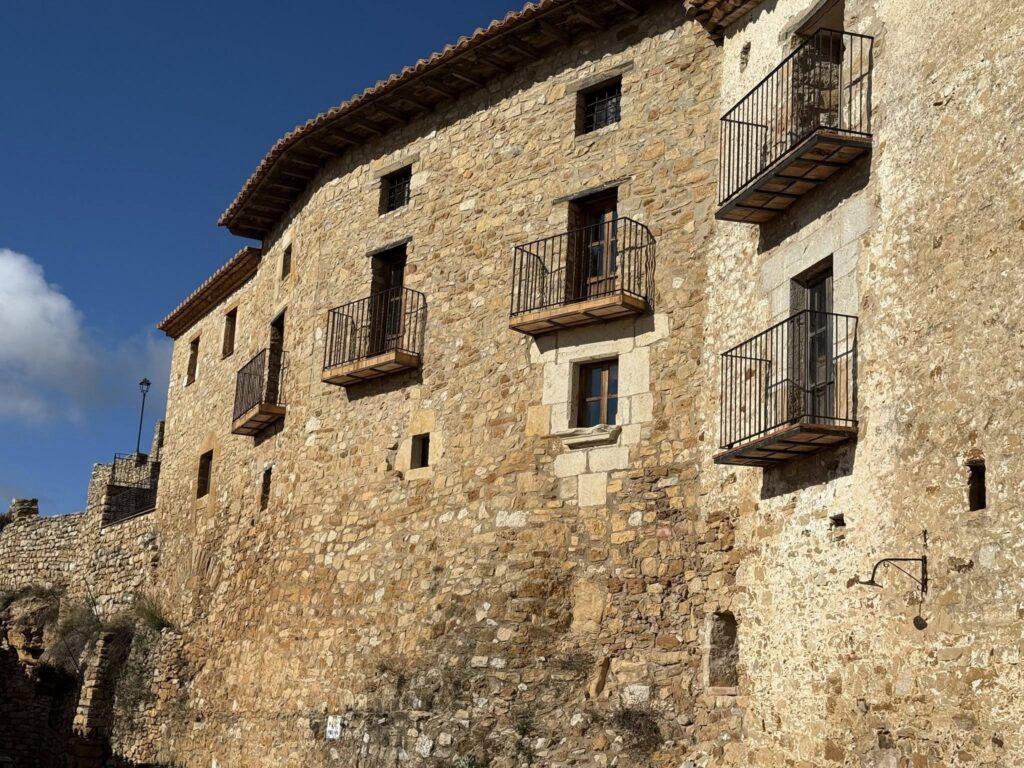
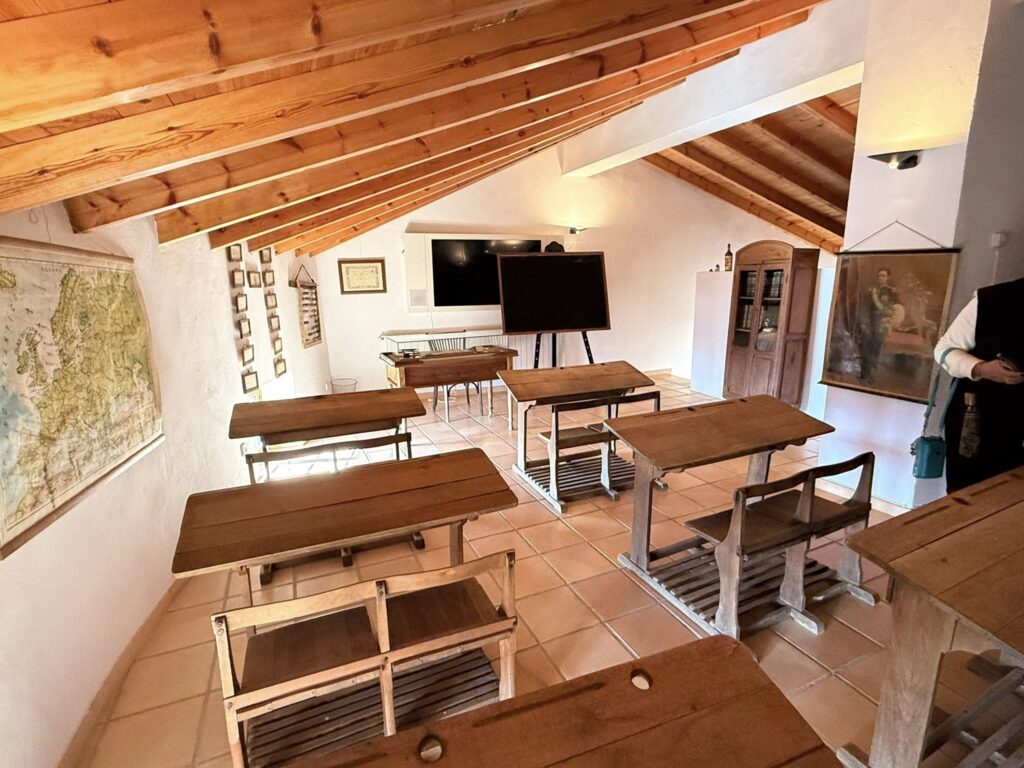
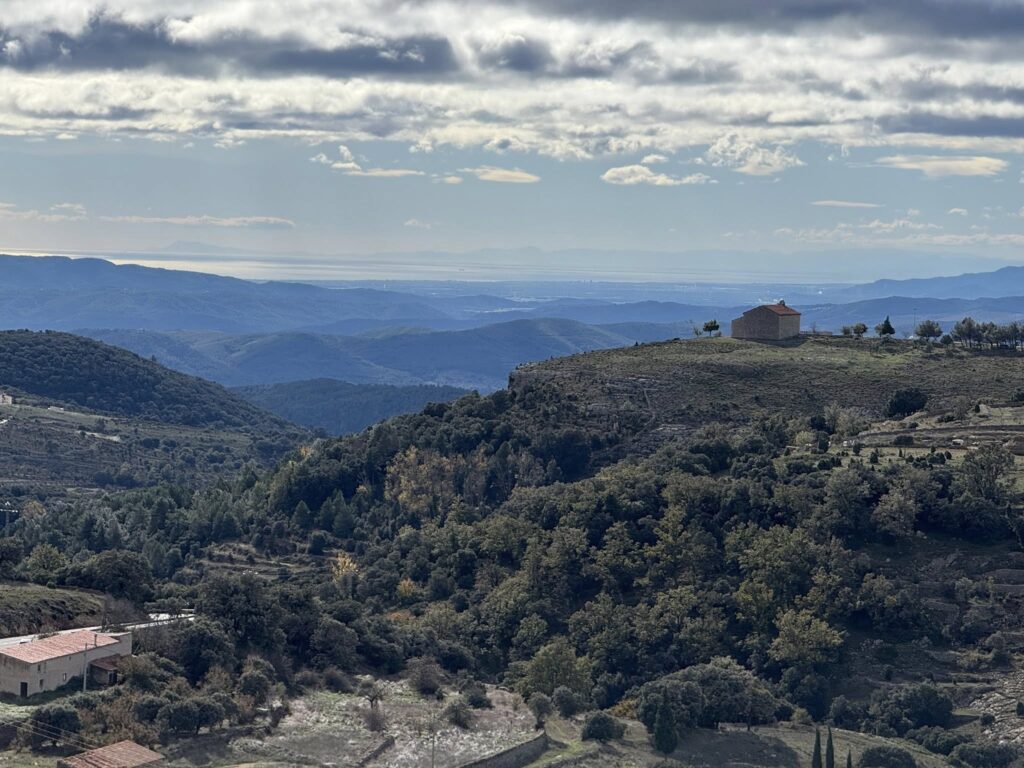

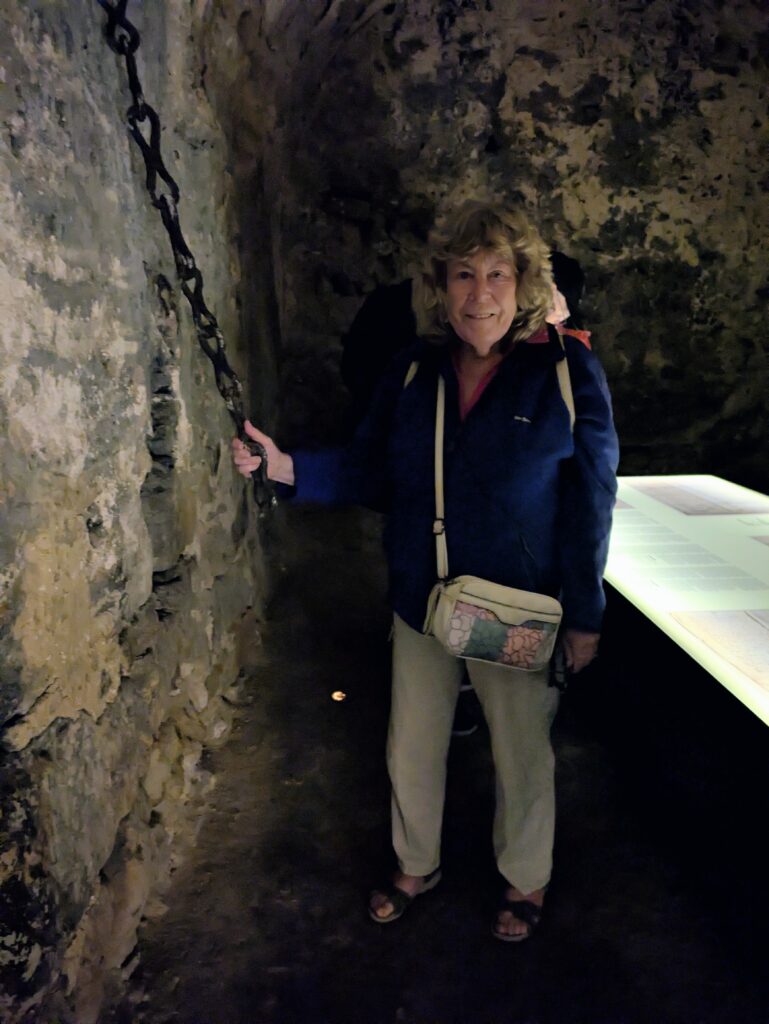
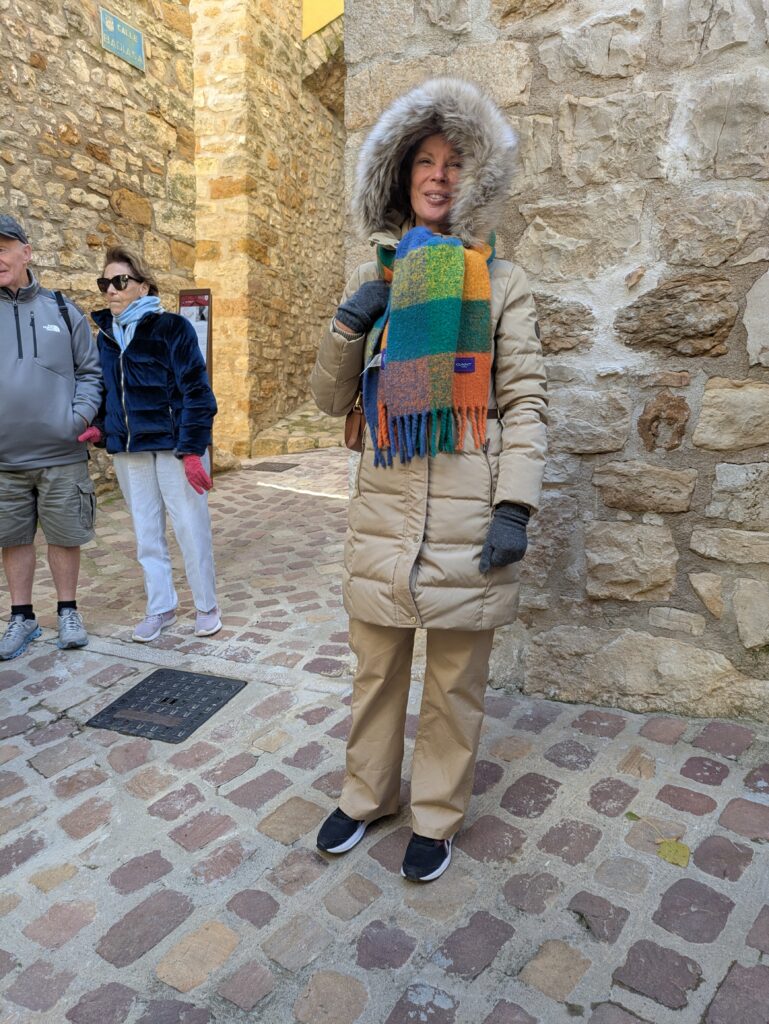
After some refreshments we drove a little further on to meet Daniel, a local cattle farmer and part-time truffle hunter. Despite the very strong wind, we walked with Daniel to a field where he gave us a lot of interesting information about truffles, and his spaniels showed us how they smelt out the truffles. Unfortunately, the ones that they found were damaged by the recent heavy rains.


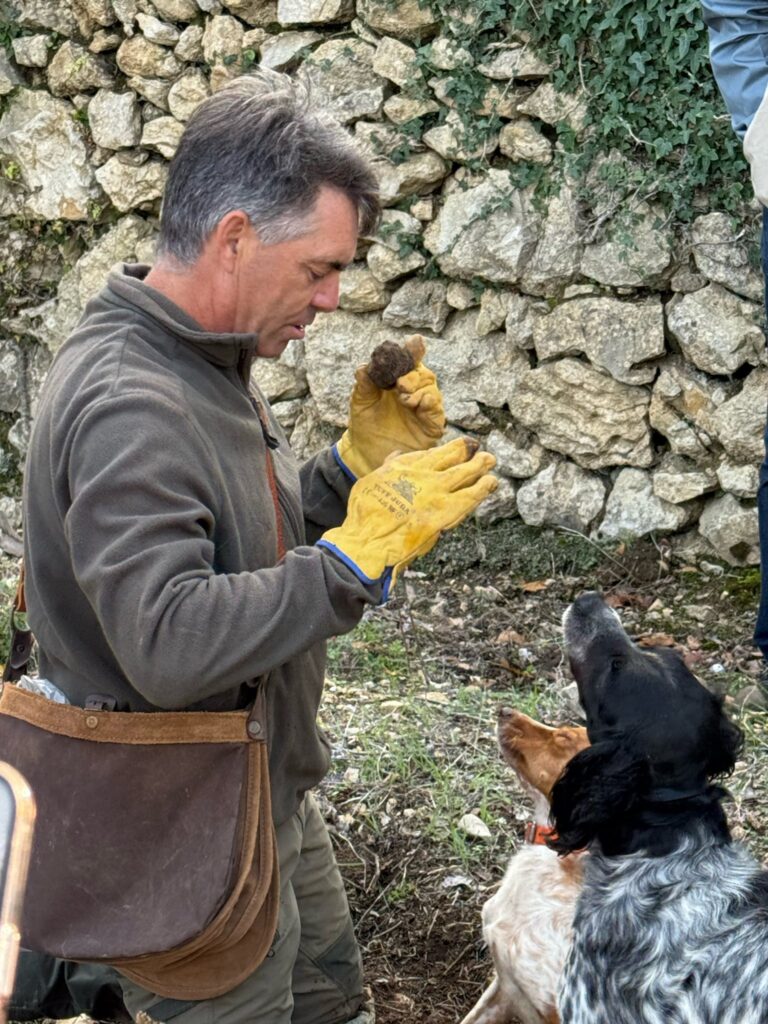

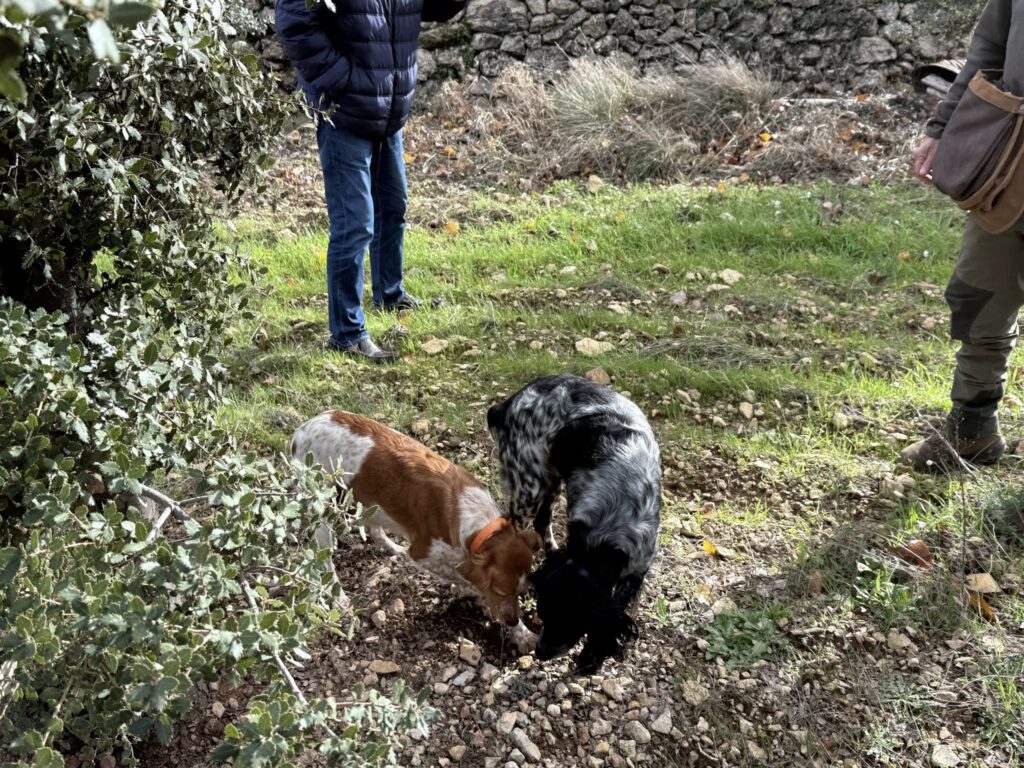
After the visit most of the group headed back to the hotel, but a few hardy souls continued to Benasal, a town of Arab origin. Benasal was a victim and subject of experimentation by the Nazi German air force in 1938 when the capabilities of the Stuka bombers were tested. The bombings resulted in 38 deaths, 15 of whom were from Benasal, including several children. The town’s subsequent recovery after the Civil War was slow and costly, but it is now known for its rural charm, its rich history and its mineral-medicinal waters. The old town of Benasal is a labyrinth of cobbled streets and stone houses, which retain their medieval structure. In the highest part sits the complex called La Mola from the thirteenth century, with a portal and part of the old castle.
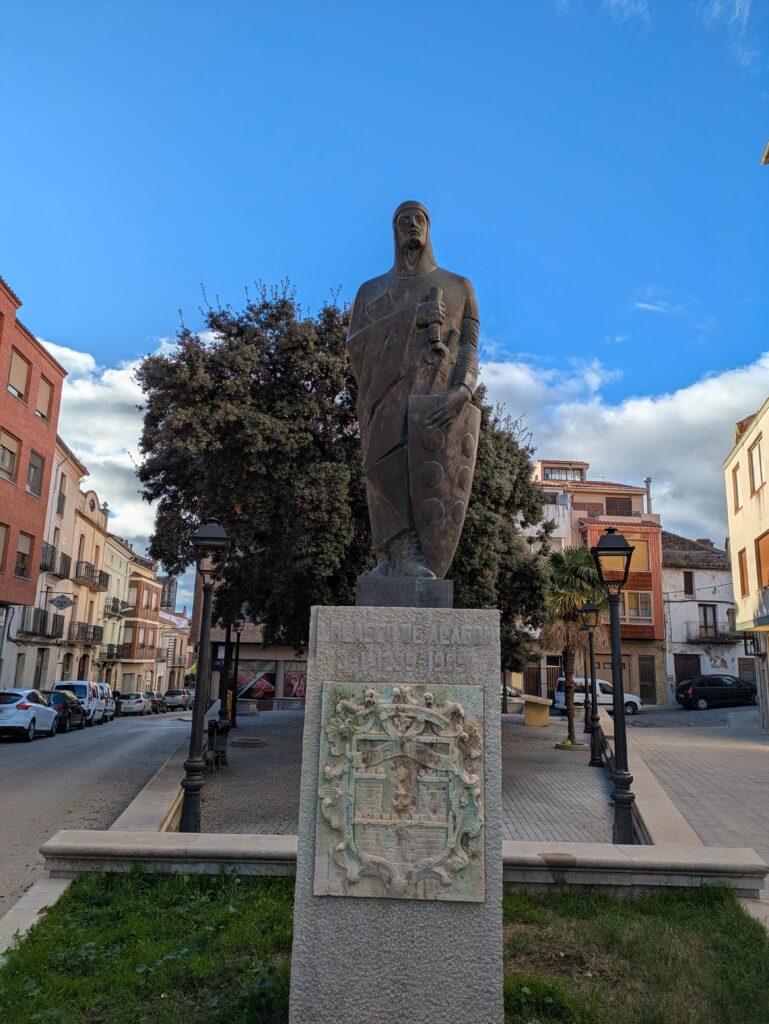
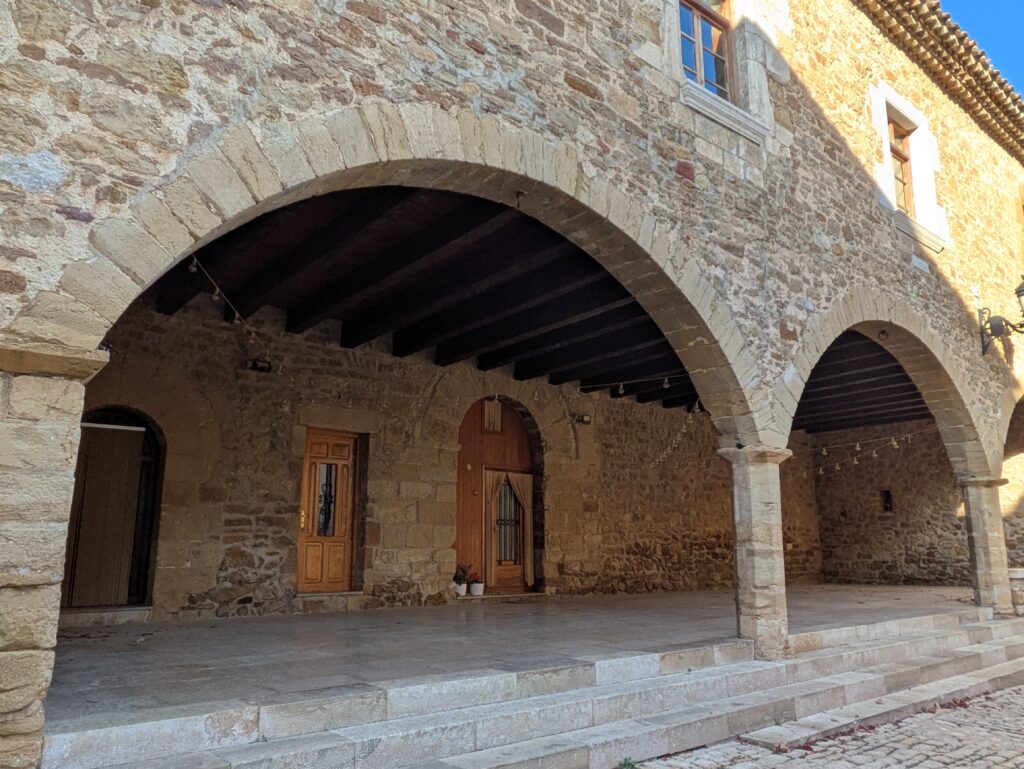
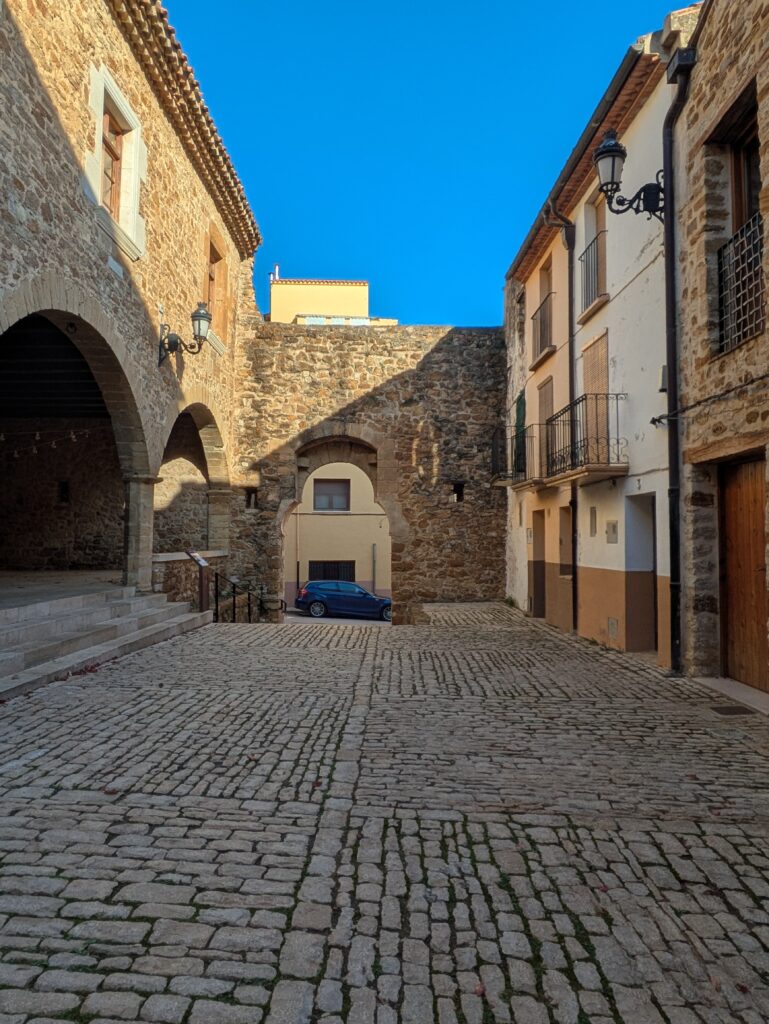
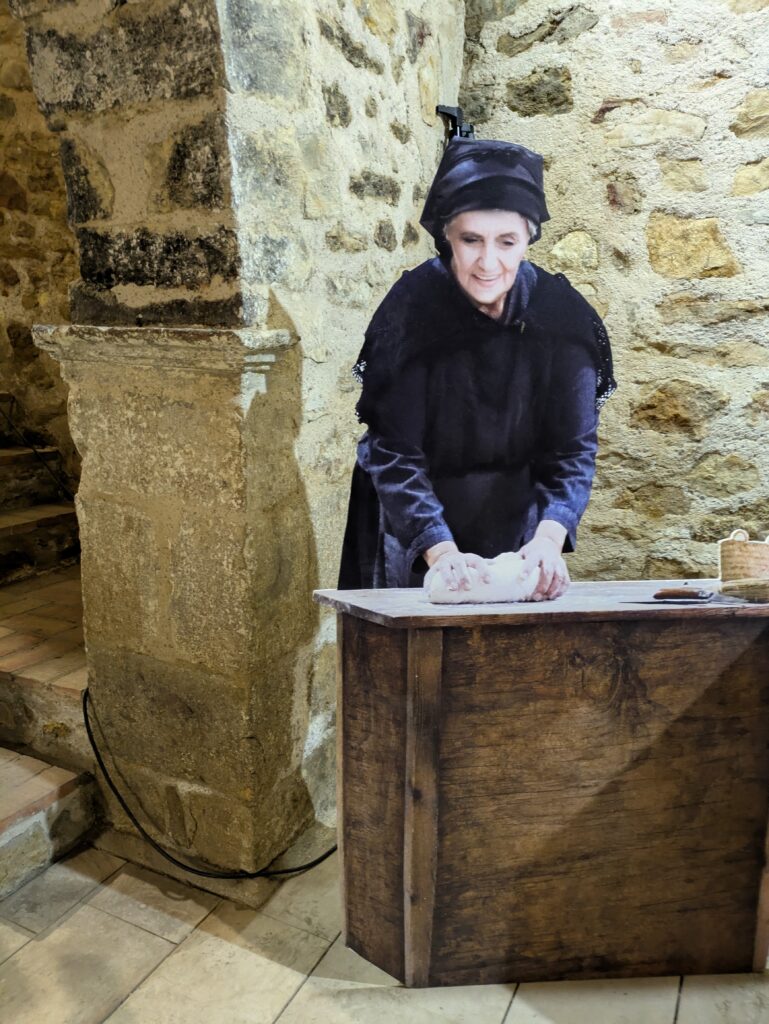

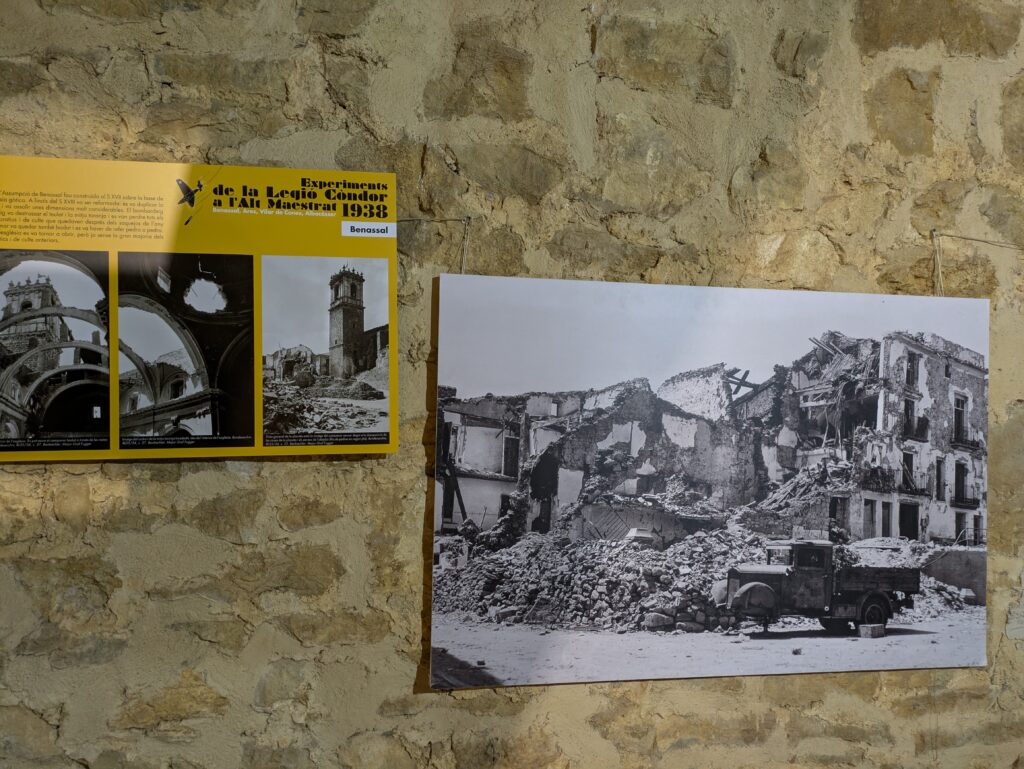
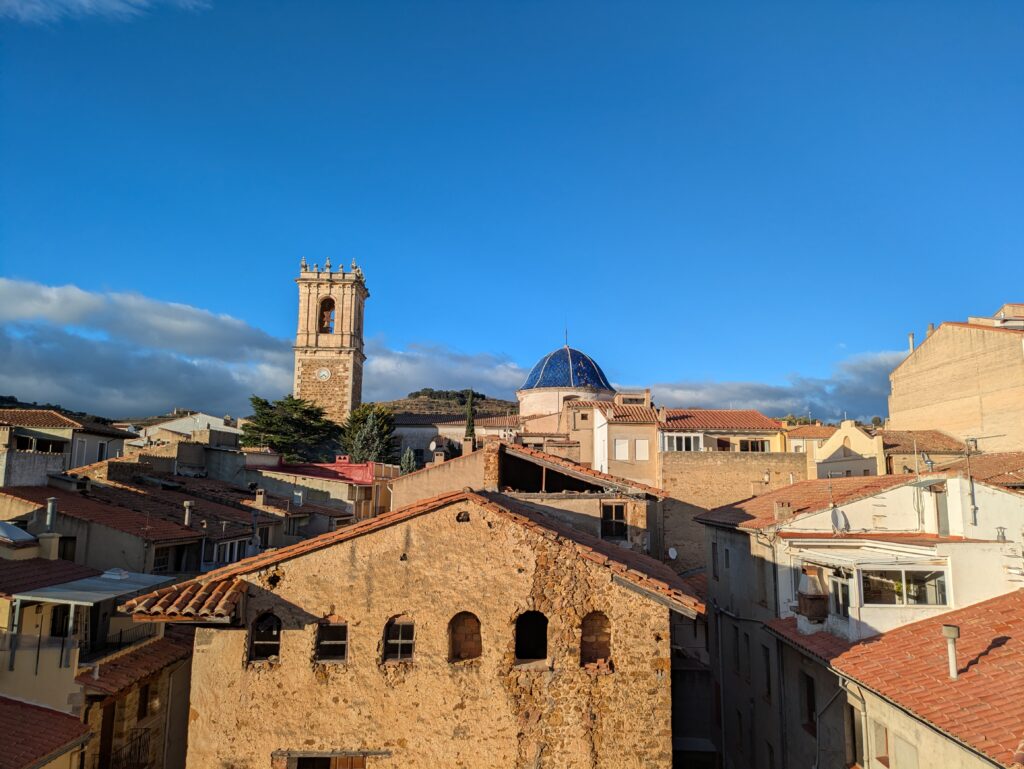
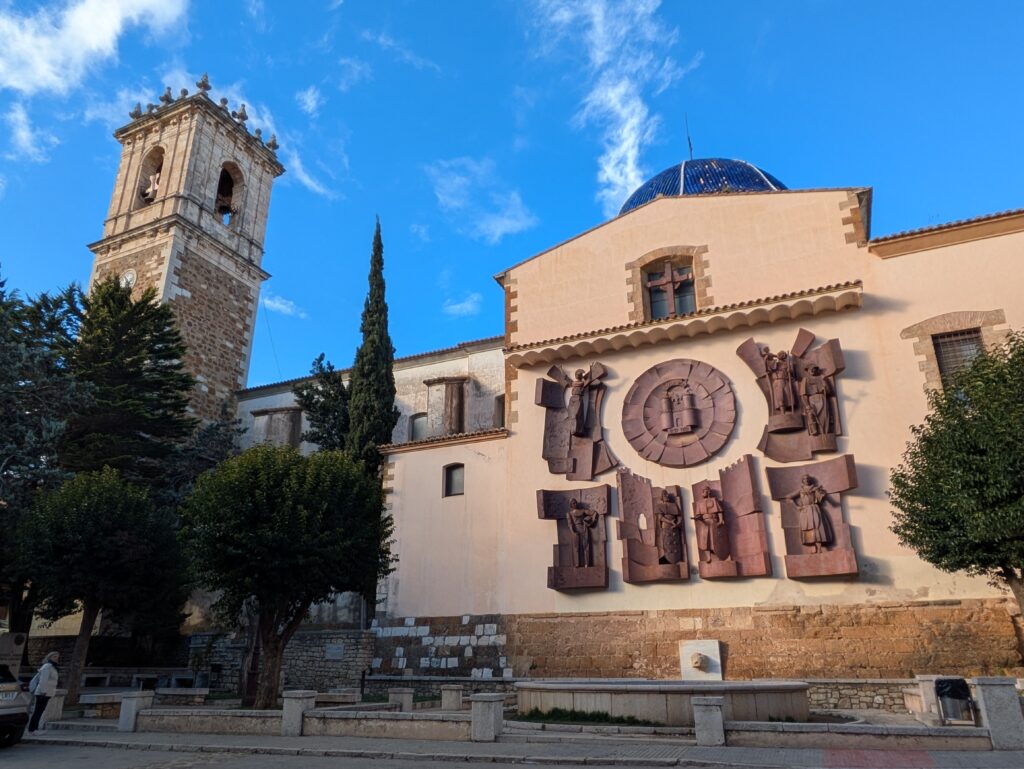
Our small group had a stroll around the streets and visited the Edificio de la Mola which houses the archaeological museum and the Fundación Carles Salvador; also the communal oven (dating to Medieval times), one of the remaining towers, the wash house. The Asuncion Church was closed but it has a beautiful Baroque façade. In the evening we had another excellent dinner in the hotel restaurant.
After saying goodbye to Daniel and his colleagues, we departed on Sunday morning for our final visit of the tour which was to Más de la Mesquita, a 300 year old farmhouse. Maribel, the owner, and our English guide, Rupert ,showed us around the farm. The farm grows Marcona almonds (the Queen of almonds) and we learned how the trees are looked after and the almonds harvested. We also learned about the art of dry stone walling, inscribed in 2018 on the UNESCO representative list of the intangible cultural heritage of humanity.
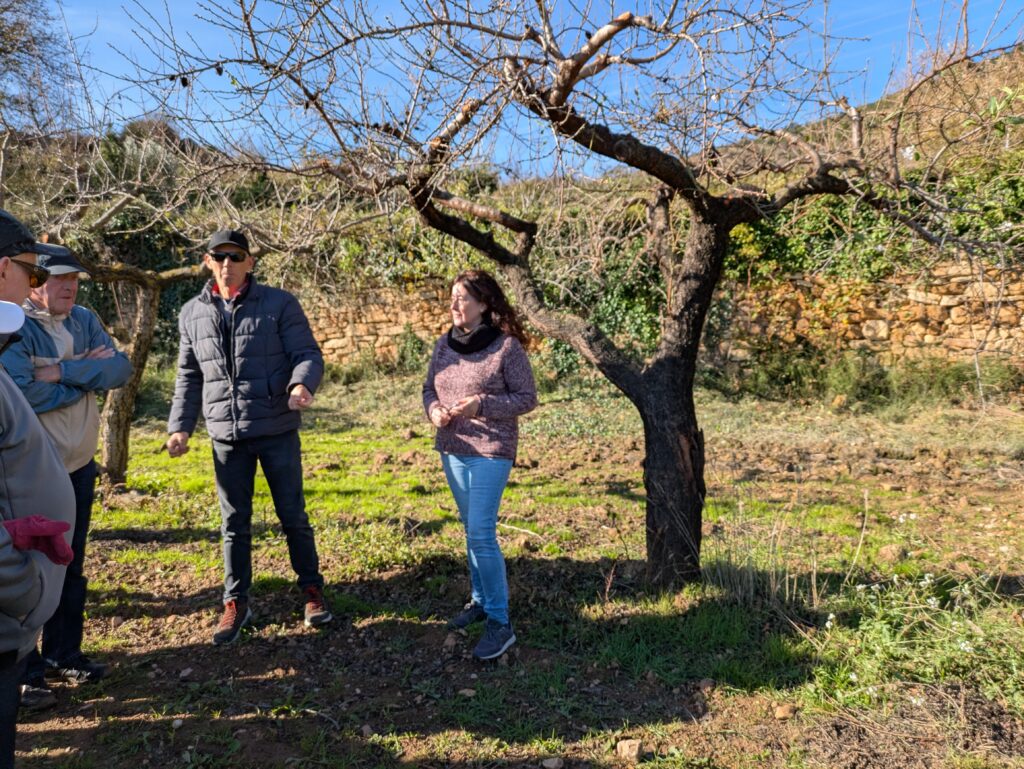
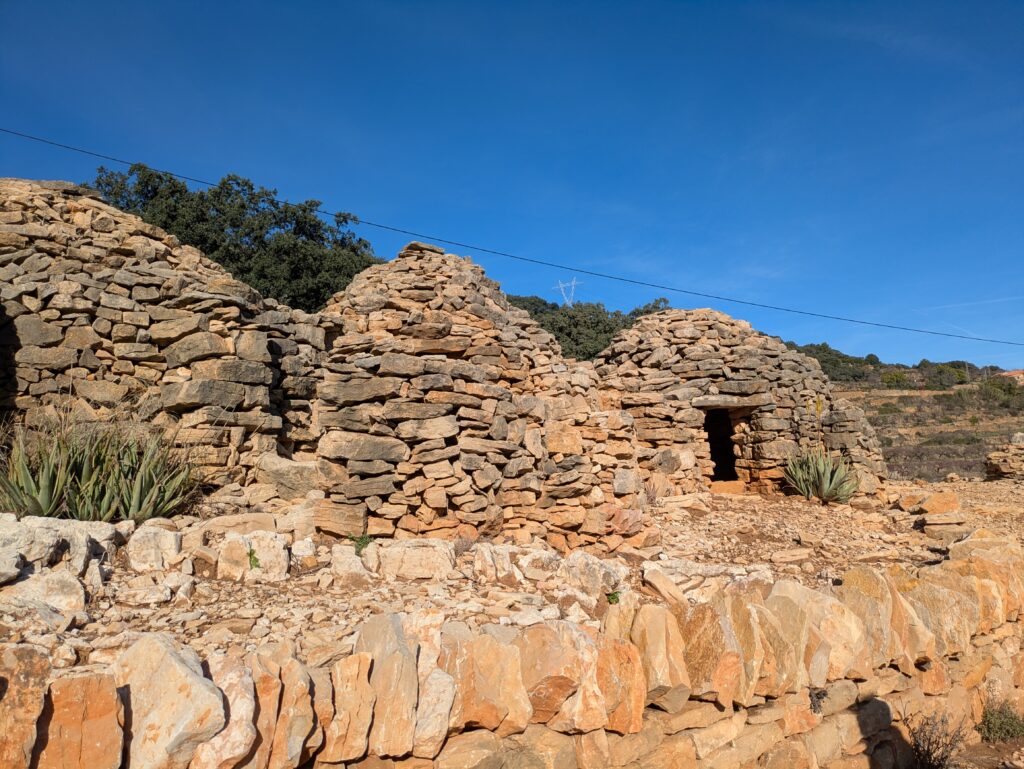
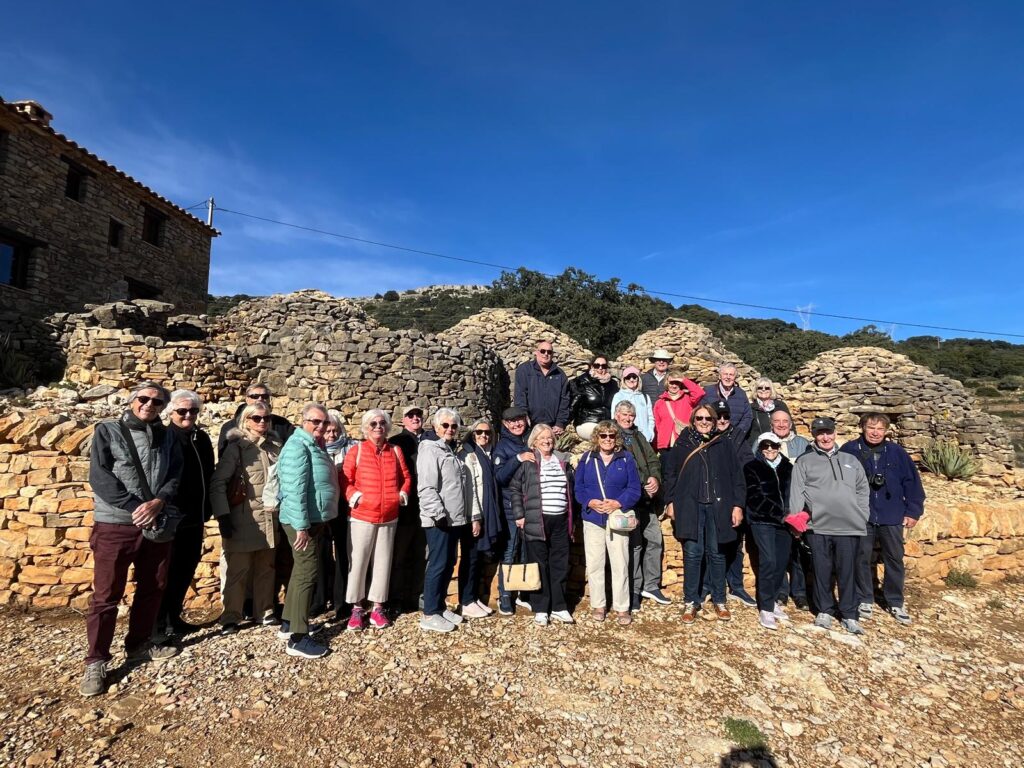
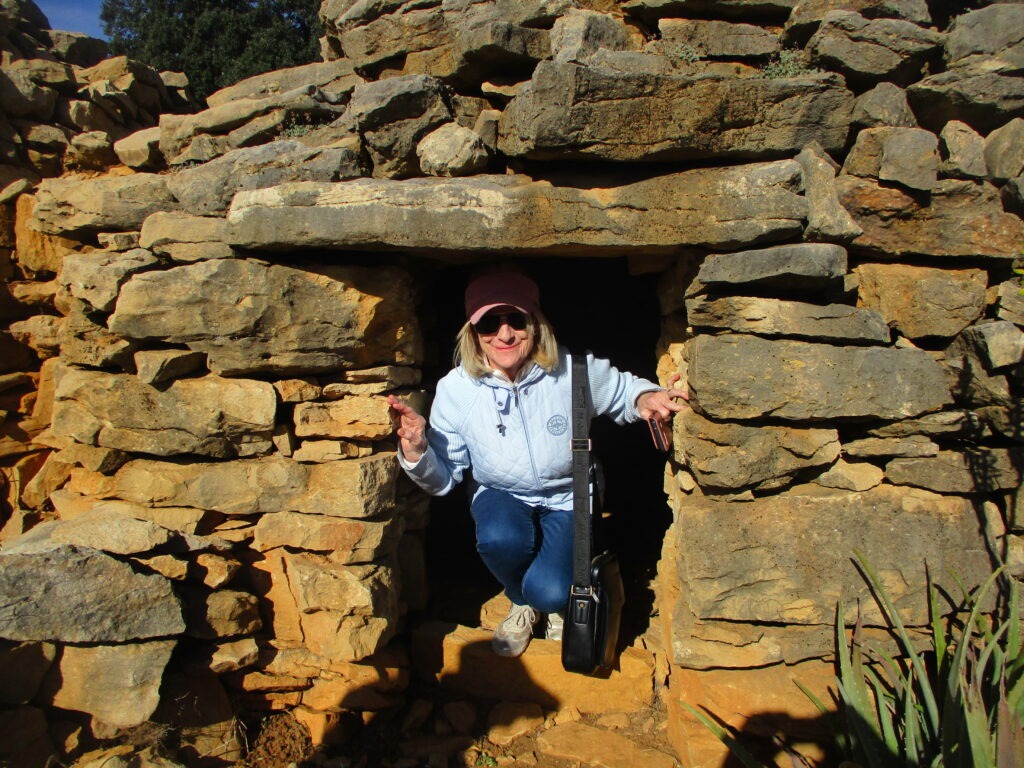

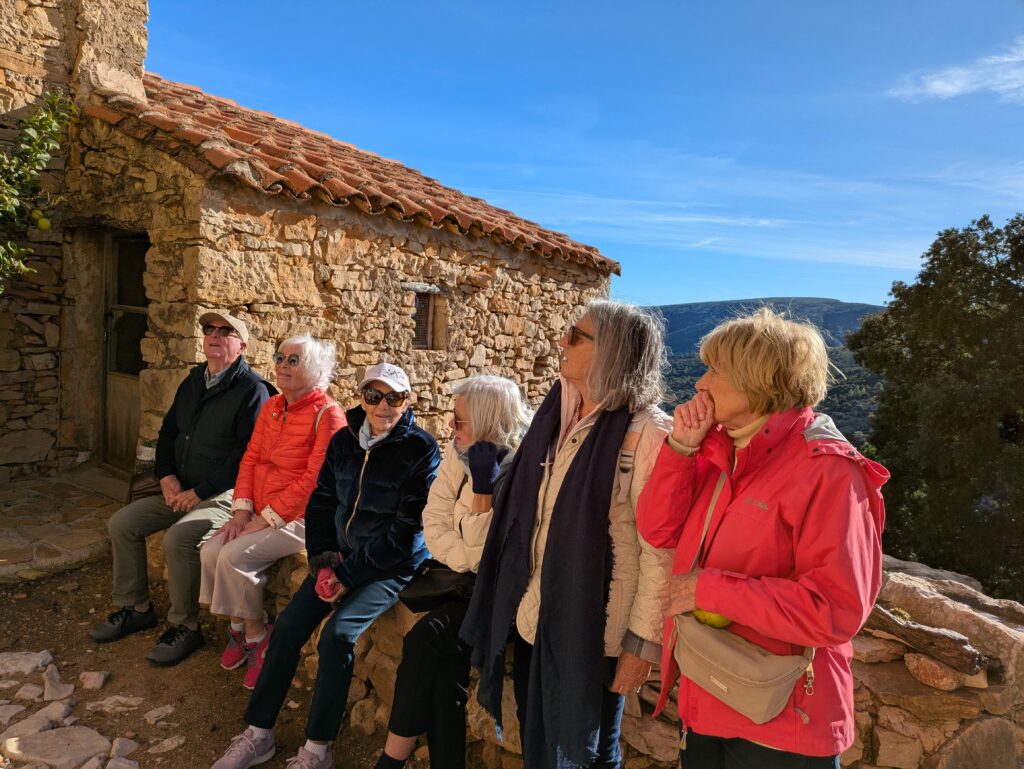
We then visited the restored farmhouse where we saw how life was lived all those years ago, and how the living space was shared with the animals. We learned how water had to be collected in earthenware jars, carried in panniers on horses/mules. A very generous tasting of some local products followed, and those who wished were able to purchase almonds and other home-made products.
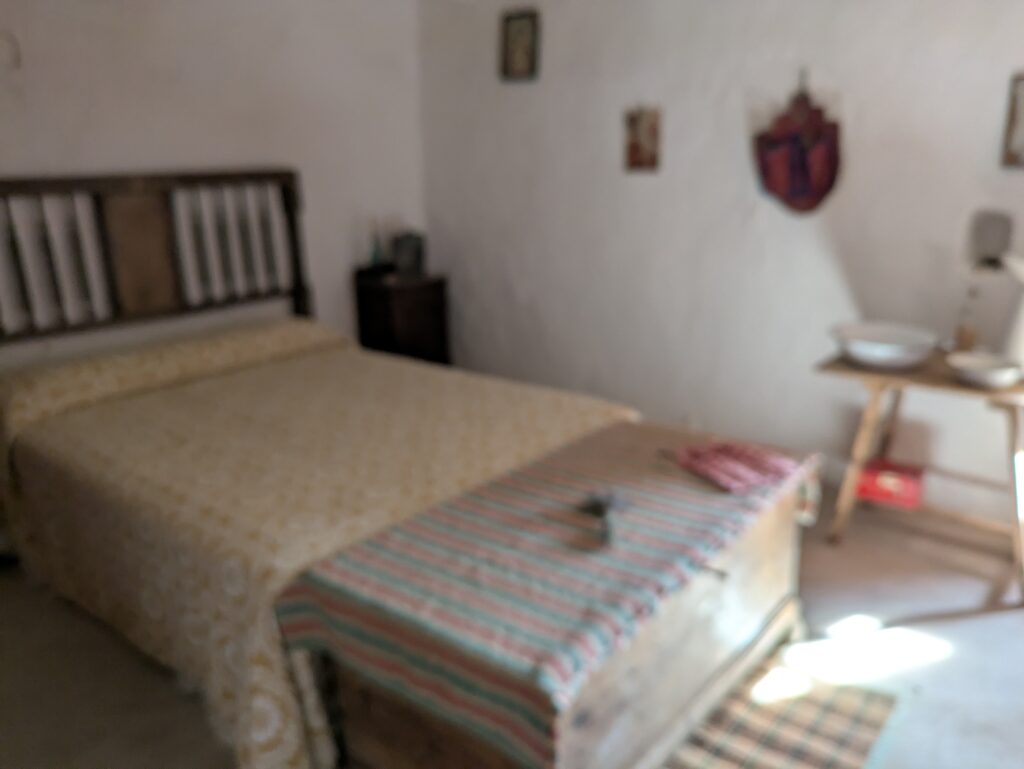
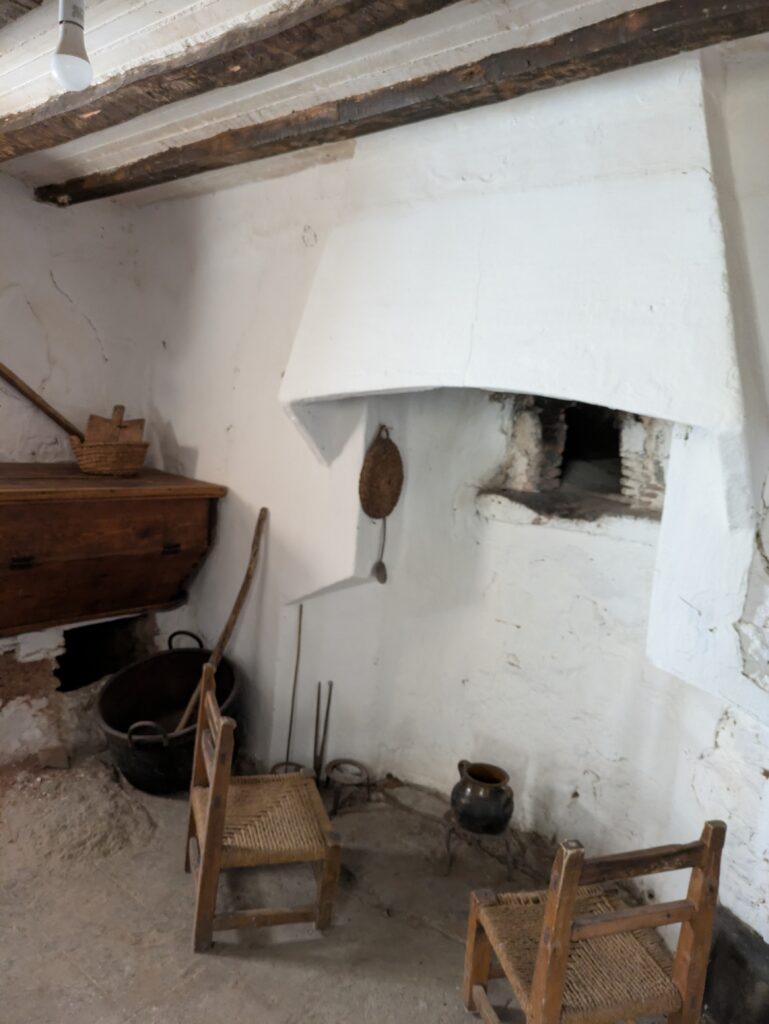
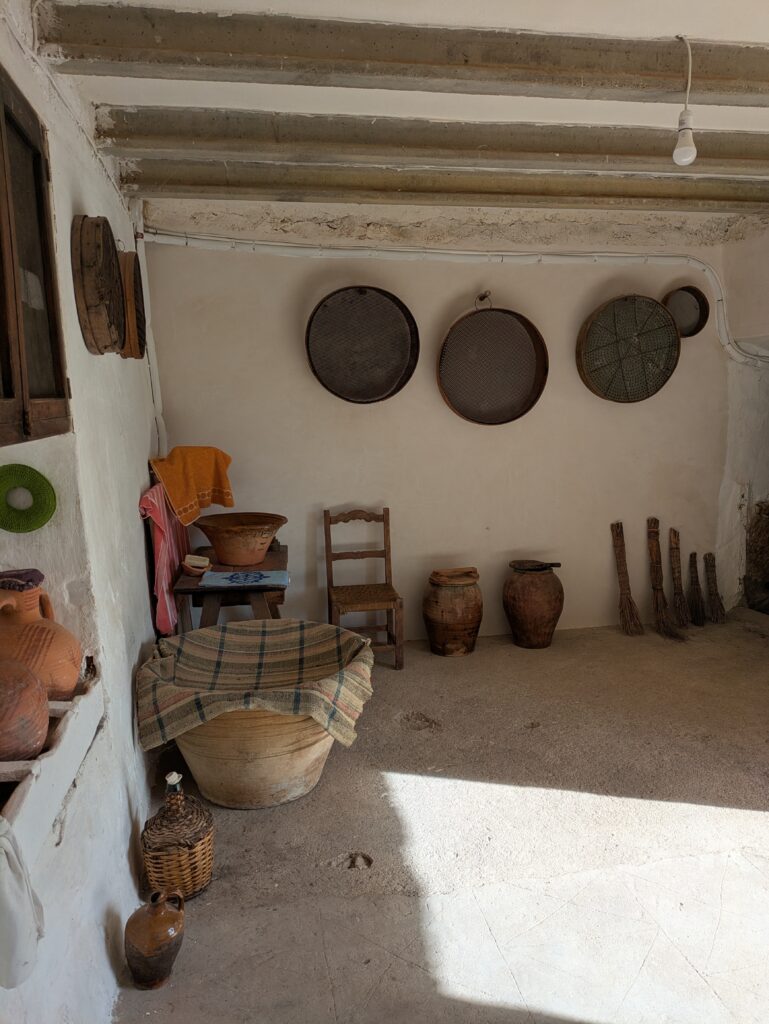

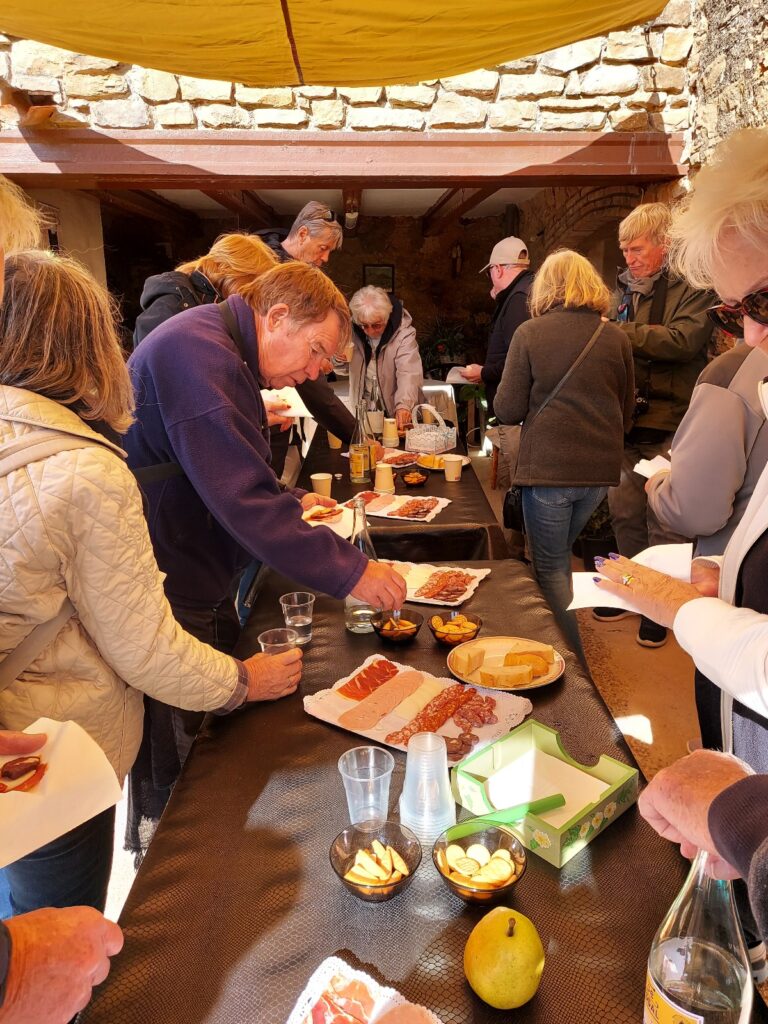
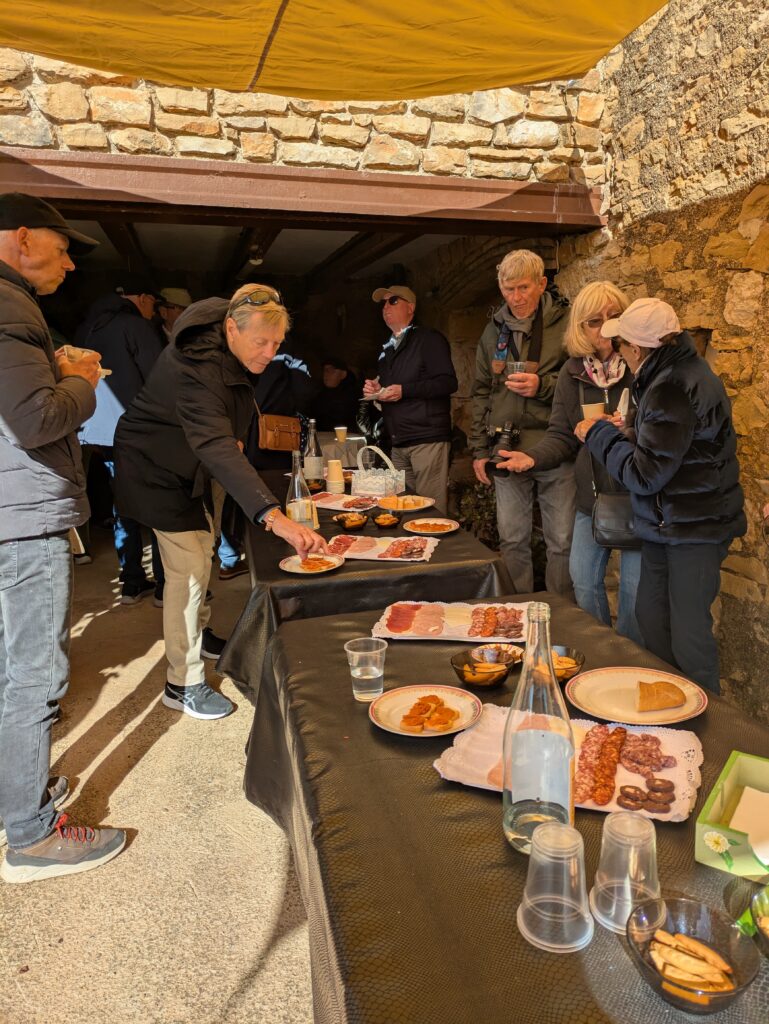
After the visit we drove on to the Restaurante Pinar Ver in Vilafames, which was in a beautiful setting amongst trees. We enjoyed a lovely and rather plentiful lunch before returning to Javea.
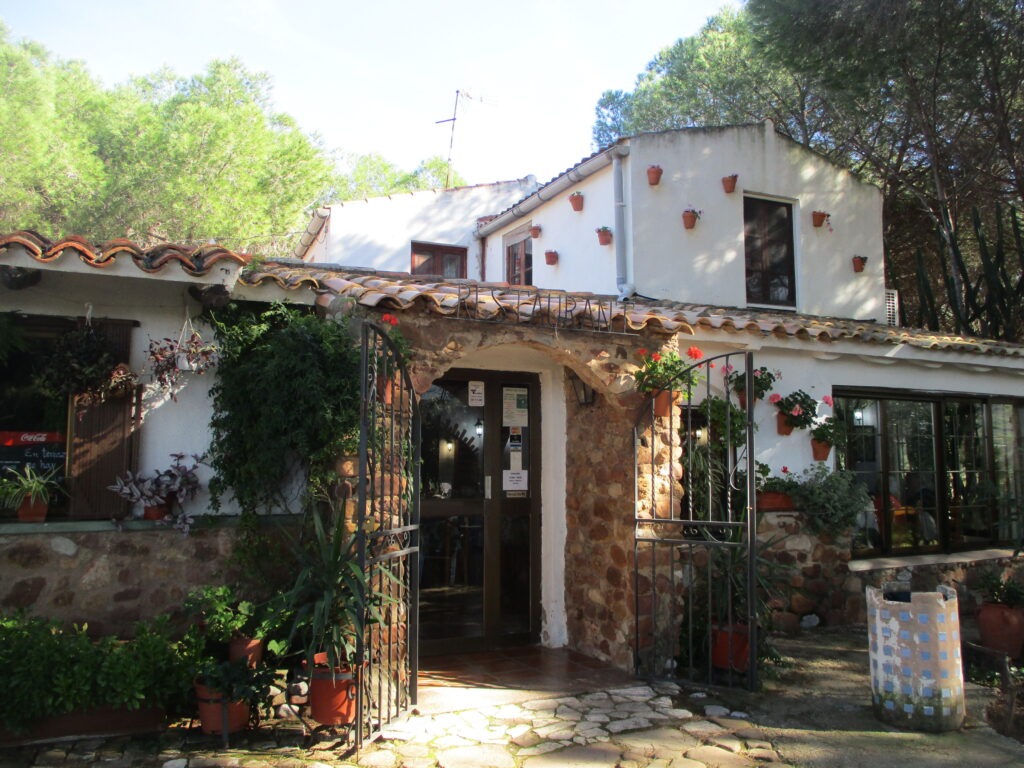
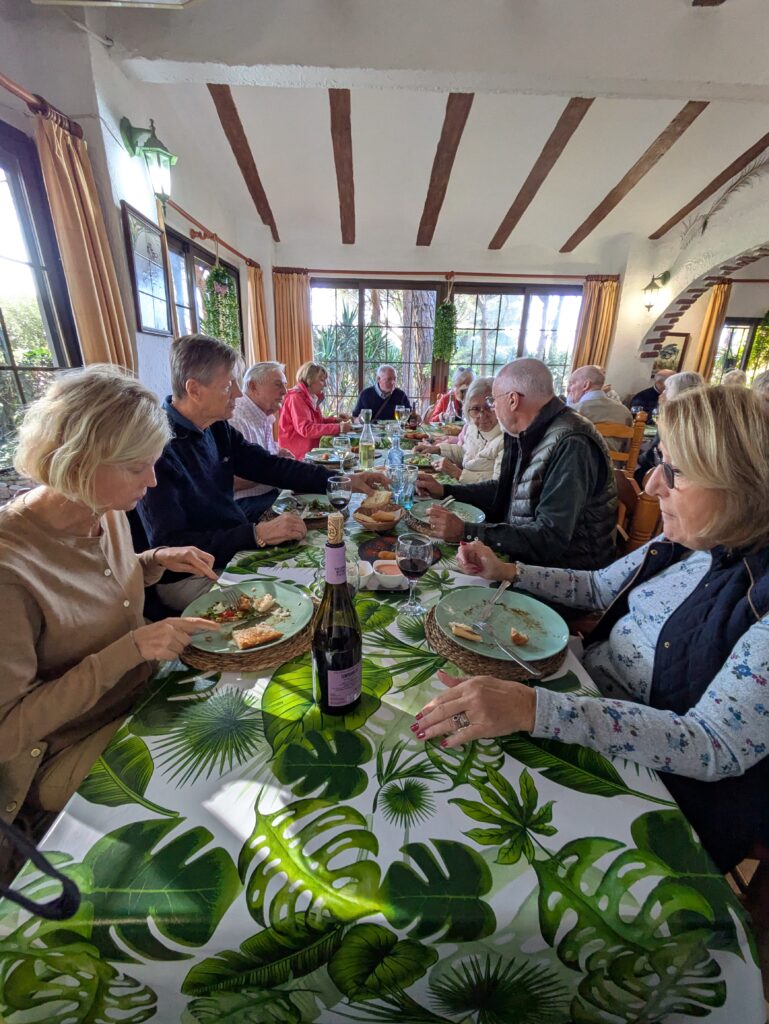
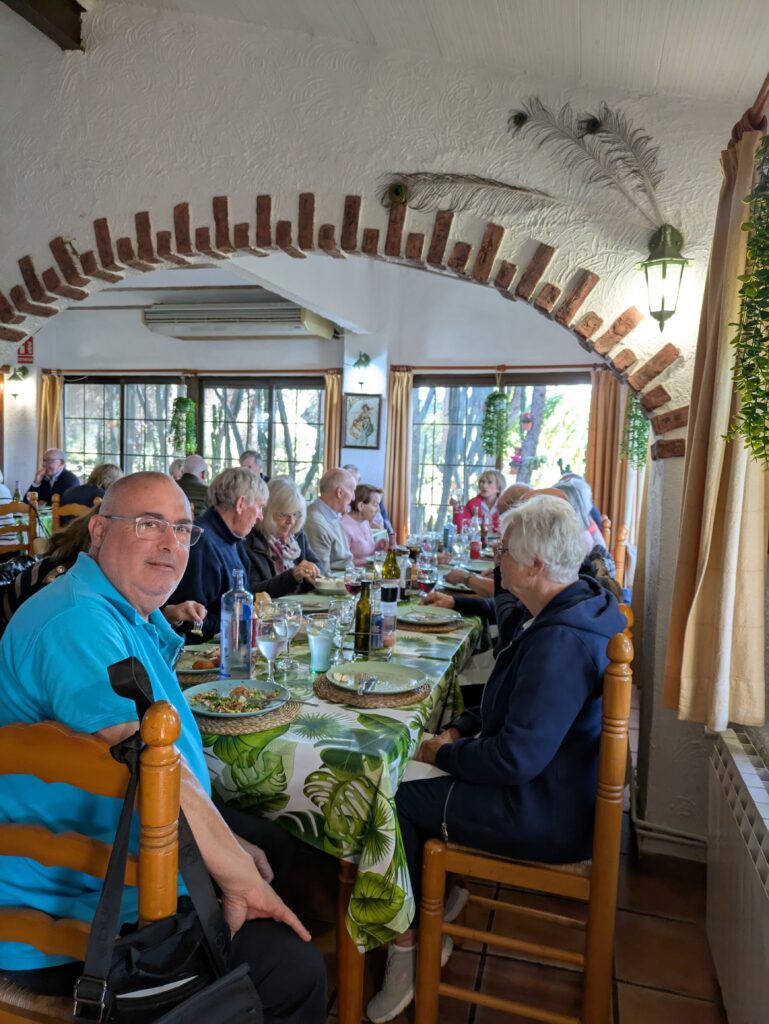
A special thank you to Ross Ord and Gladys Cummings for providing an interpretation service for some of the visits which were in Spanish, due to the rural and small nature of the factories. A big thank you also to Ian Cummings for his photographs and reports on the Javea U3A Facebook page, and to our other photographers (Wendy Ranger, Ally O’Brien, Mel de Melker, Ross Ord and Angela Chantry). Angela thanked everyone for joining her on what proved to be a very enjoyable long weekend, with interesting visits, excellent accommodation and food, and great company!
Report by the group leader, Angela Chantry, with additions from Ian Cummings.
spanish.culture.cuisine@u3ajavea.com
